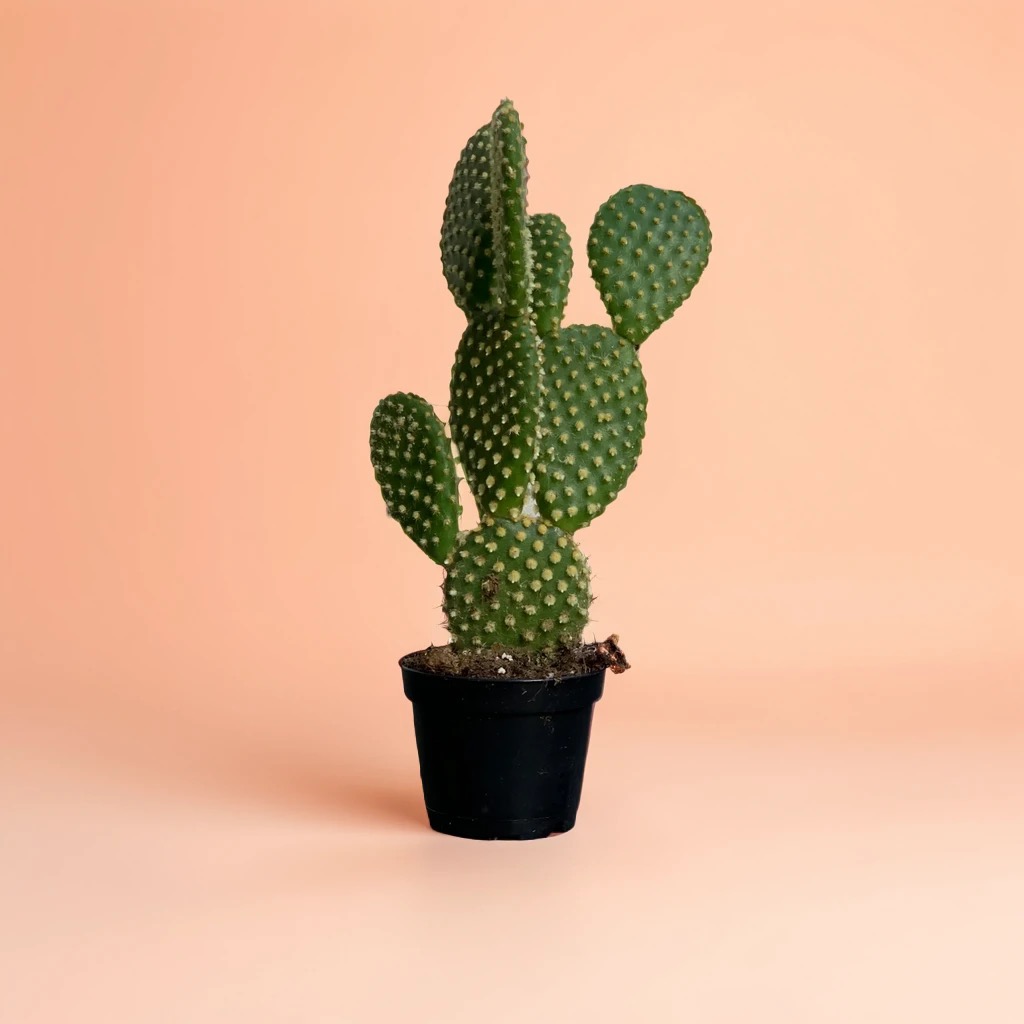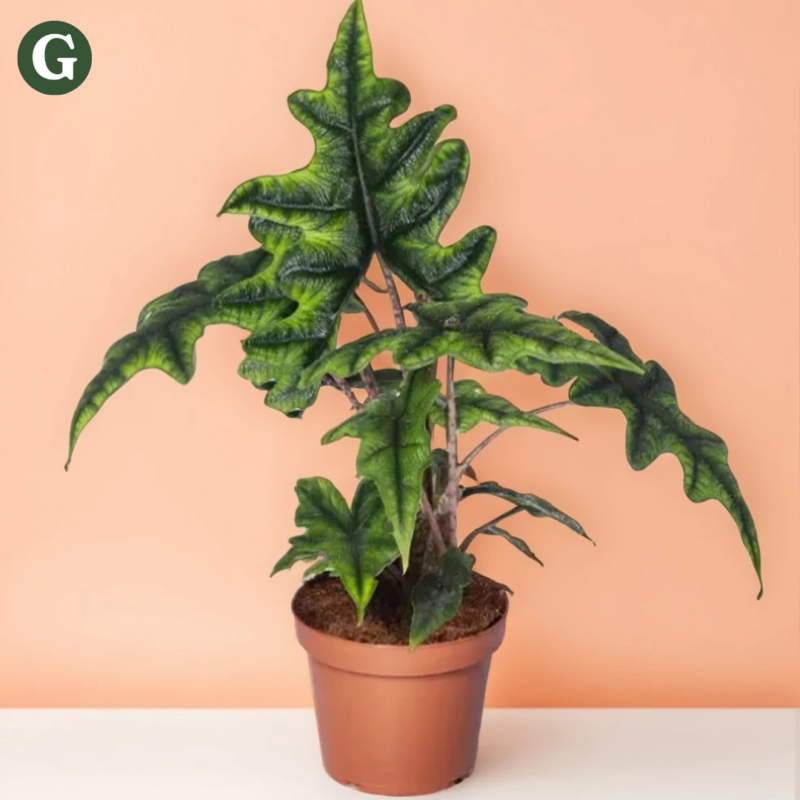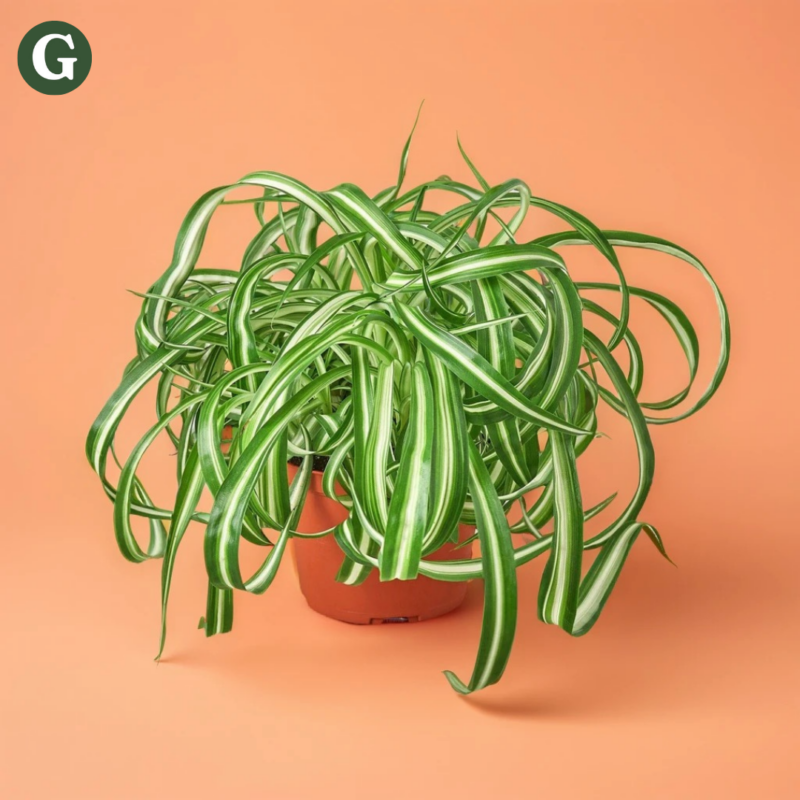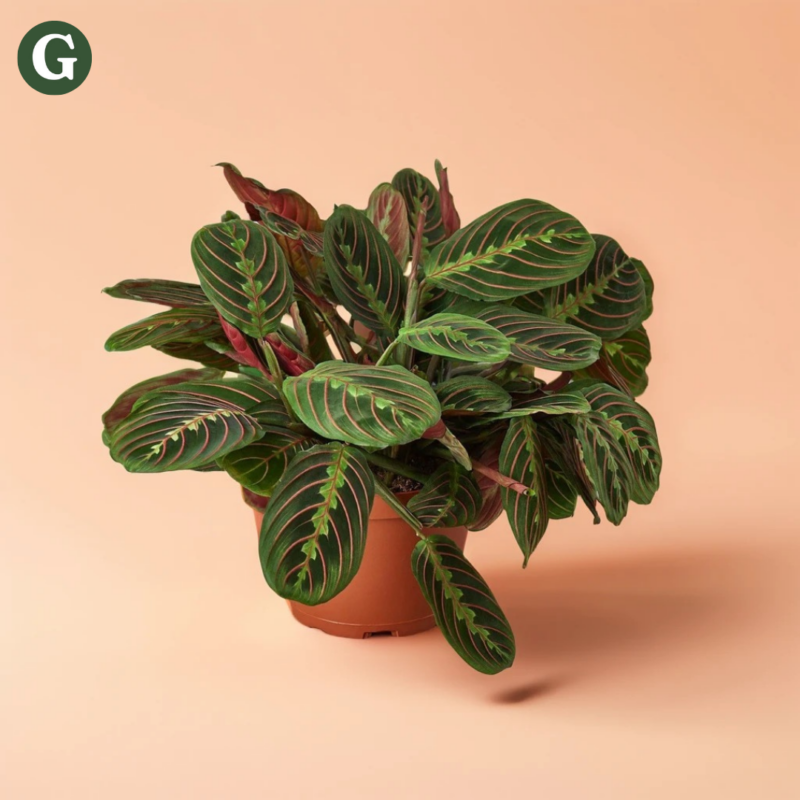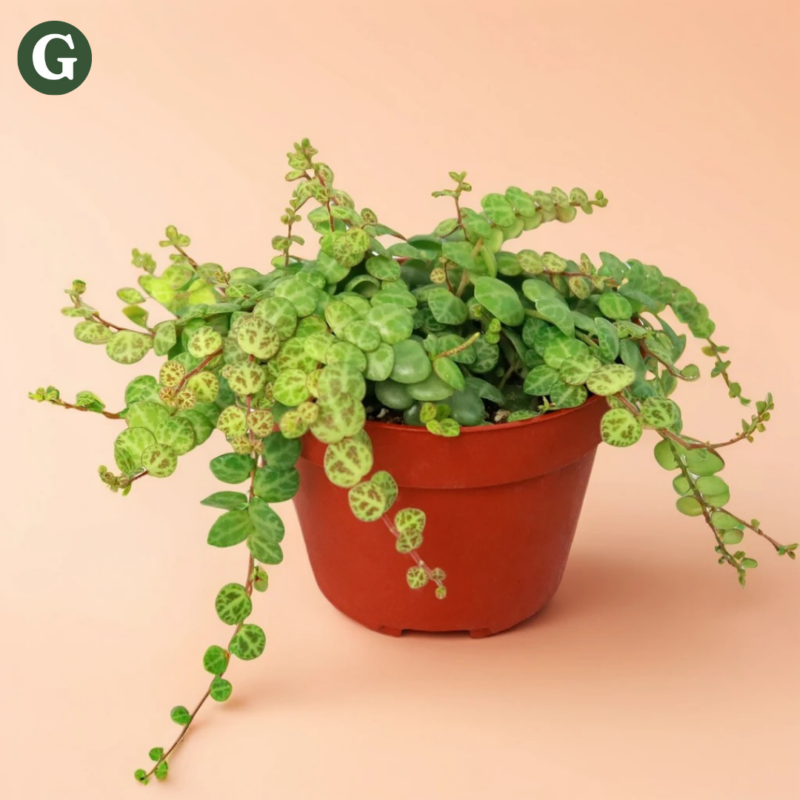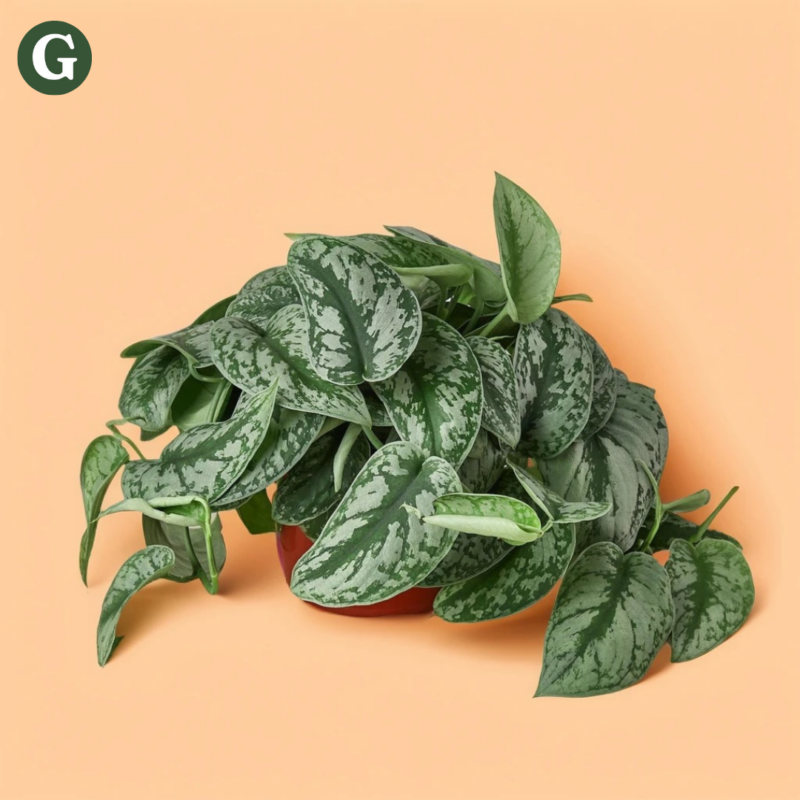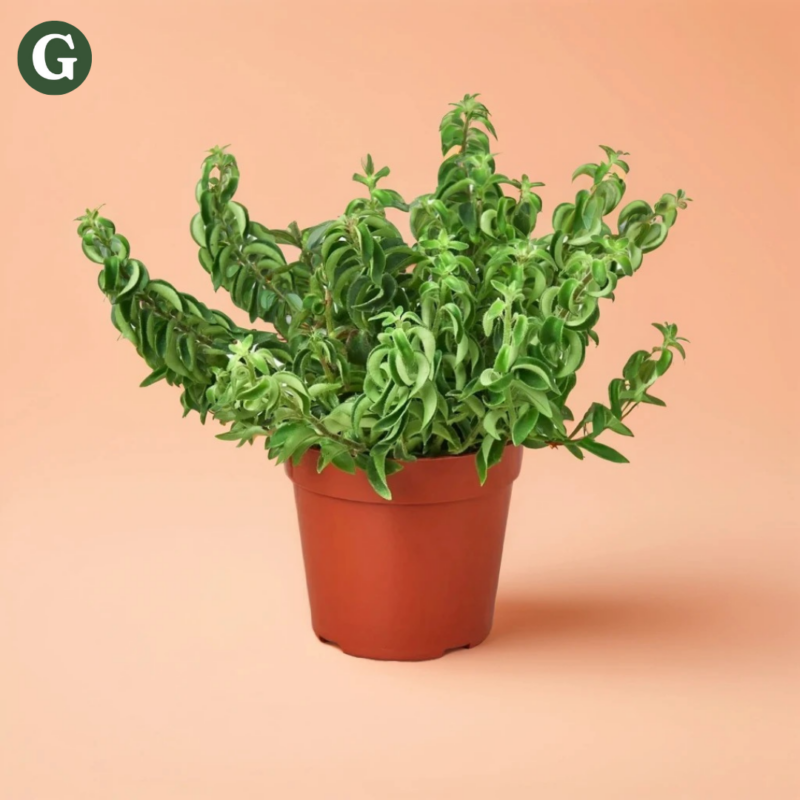Bunny Ear Cactus
Botanical Name: Opuntia microdasys
Common Name(s): Bunny Ear Cactus, Polka-Dot Cactus, Angel's Wings Cactus
The Bunny Ear Cactus is a charming variety of prickly pear cacti that is native to Mexico and Southwest U.S. Known for its distinctive, flattened, pad-like segments that resemble bunny ears, this cactus is not only an intriguing ornamental plant but also a survivor in the harshest environments. While its unique appearance is endearing, it should be handled with care due to the presence of tiny, hair-like spines called glochids that can easily detach and cause irritation.
The pads of the Bunny Ear Cactus are typically oval or round, with a soft, velvety texture and an appearance that makes it stand out in any cactus collection. They are generally a light green color, and the pads often have small, yellowish or white glochids scattered across their surface. The cactus produces vibrant yellow flowers in the spring or summer, which eventually give way to small, red or purple fruits. These fruits are edible, although they’re not as commonly consumed as those of other prickly pear species. The Bunny Ear Cactus is relatively small, typically growing up to 3 feet (90 cm) tall, but it can spread wide and create a bushy appearance in a garden or container.
This cactus thrives in full sun and requires very little water once established, making it ideal for desert landscapes, xeriscaping, or as a low-maintenance houseplant. Like many cacti, the Bunny Ear Cactus is highly drought-tolerant, relying on the water stored in its thick pads to survive dry periods. It’s best grown in a location where it can get plenty of light, such as a south- or west-facing window if grown indoors.
For optimal growth, the Bunny Ear Cactus should be planted in well-draining soil. A cactus mix or a combination of regular potting soil with sand or perlite will provide the drainage needed to prevent root rot. If planted in a pot, be sure to use one with drainage holes to allow excess water to escape.
Note: While the Bunny Ear Cactus is not toxic to pets, it can still be harmful due to the small glochids that may detach from the pads. These spines can cause skin irritation and are difficult to remove once they stick to skin or fur. We recommended to keep this plant out of reach of curious pets or children.
Care Insights & Expert Tips
- Pruning when need: Pruning is generally not necessary unless you need to remove dead pads or control the size of the plant
- Repot every 2-3 years: Repot every 2-3 years or when the plant becomes too large for its container.
- Handle with Care: This cactus is covered in spines that can cause painful injuries. Use thick gloves when handling them.
- Propagates easily: This cactus can be easily propagated by cutting off stem pads (cladodes) and allowing it to dry and callus for a few days before planting it in well-draining soil.

Visit our plant care library
Find essential tips to keep your plants thriving, vibrant, and healthy.
